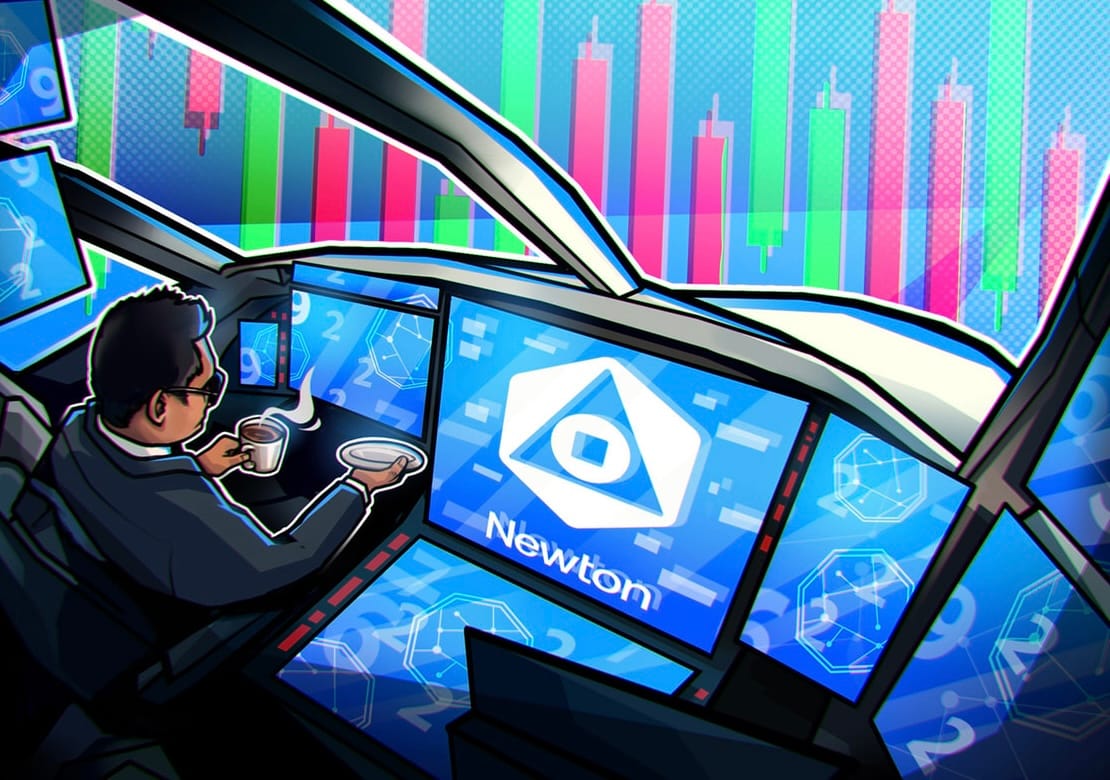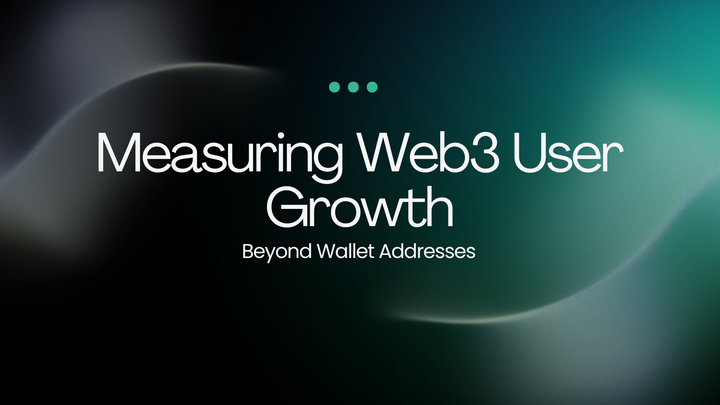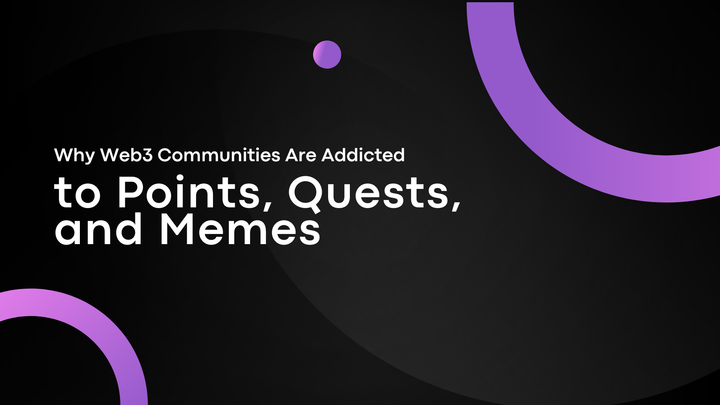Magic Newton: Projects Enabling AI-Driven Transactions Through Prompts

Imagine telling your computer, “Send 10 USDC to Alice and stake the rest,” and having it just… do it no interfaces, no buttons, no copy-pasting wallet addresses. That’s the kind of future Magic Newton is building.
At the intersection of AI and Web3, Magic Newton is pioneering a new way to interact with blockchain technology: using simple, natural language prompts. It’s not science fiction, it’s prompt-driven automation powered by intelligent agents and modular protocols. And in this emerging design space, Magic Newton’s work represents a fundamental shift in how users engage with decentralized systems.
What Is Magic Newton?
Magic Newton is a collective of developers, designers, and builders working under the Newt Foundation to explore the potential of intent-driven computing. Their core thesis is simple but powerful: users should be able to express intent in everyday language, and AI agents should handle the rest from fetching data to executing blockchain transactions.
They aren’t just theorizing this, they’re building it. Magic Newton’s open-source stack allows agents to understand prompts, plan actions, and connect seamlessly with smart contracts and APIs. This unlocks a new UX paradigm for Web3, where users don’t need to “use a dApp” in the traditional sense; they just ask, and the system does the rest.
How Prompt-Based Transactions Work
The engine behind all this is a modular agent framework. Here’s what that looks like in practice:
- User Prompt – A user might type something like: “Swap 100 DAI to ETH and send half to Bob.”
- Intent Parsing – An AI agent reads the prompt and understands what needs to happen.
- Planning – The agent breaks it down into steps: check balances, identify the best route, interact with DEXs, execute the transaction.
- Execution – The agent interfaces with smart contracts and services to carry out the task.
The beauty of this system lies in its flexibility. The agents don’t need to be tied to one blockchain or one dApp, they can be plugged into any system that exposes the right interfaces.
That’s where modular infrastructure becomes essential.
Why Modular Systems Like Mitosis Matter
Magic Newton’s agent stack thrives in modular environments where services are decoupled but composable. This aligns perfectly with the Mitosis philosophy. In a world where liquidity, compute, and identity are spread across multiple chains, agents need the ability to move freely between modules.
With Mitosis enabling seamless interoperability between modular blockchains and rollups, Magic Newton’s agents gain the freedom to act cross-chain without friction. This means a user’s prompt on one network can result in coordinated actions across many others, all orchestrated invisibly by an agent.
It’s a future where the lines between dApps, chains, and services blur and where the user experience becomes conversational.
Looking Ahead
Magic Newton is more than just a project, it’s part of a broader movement toward agent-native infrastructure. The combination of AI and modular blockchains opens up possibilities we’re only beginning to explore:
- Wallets that listen and act like assistants.
- DAOs that coordinate via collective prompts.
- Automated workflows that adapt in real-time.
These are the kinds of interactions that will define the next generation of Web3 and thanks to projects like Magic Newton and ecosystems like Mitosis, they’re no longer a distant dream.
Internal Links
- What Is Modular Infrastructure?
- The Role of Interoperability in Web3
- Why Mitosis Is Built for the Modular Future



Comments ()